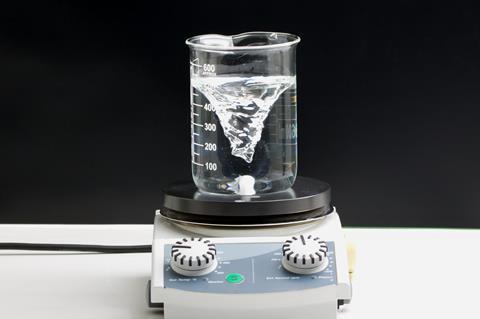
Chemical engineers in the Netherlands have weighed in on the debate over whether to stir chemical reactions or not, following the publication of a study that suggested mixing doesn’t matter. In response, the team argues that stirring remains critical for reproducibility, selectivity and scalability, particularly in heterogeneous or industrially relevant systems.
Recent years have seen stirrer bars scrutinised, with some research raising issues, such as contamination causing false negatives, the bars themselves acting as ‘phantom catalysts’ or their position affecting reproducibility. More recently, a study claimed that stirring could be unnecessary for certain solution-phase organic reactions, prompting a flurry of social media posts about whether mixing mattered or not. Zhong-Quan Liu and his colleagues at Nanjing University of Chinese Medicine, investigated 329 classic organic reactions from 25 different categories and concluded that stirring didn’t affect the outcomes.
‘We were surprised to see how quickly the claim that “stirring doesn’t matter” spread through the community and social media,’ says Timothy Noël at the University of Amsterdam. ‘This was, at best, only true under very narrow conditions. Once you scale up, introduce multiple phases, or deal with fast or exothermic reactions, mixing is absolutely decisive. To suggest otherwise risks misleading chemists into overlooking a critical experimental parameter and, in some cases, creating hazardous situations.’
Noël and his colleagues felt compelled to set the record straight and provide an easy-to-read framework to think about when mixing does or doesn’t matter. Publishing a preprint out of urgency, the team laid out the fundamental mechanisms of diffusion and convection in the transport of chemical species in solution and how poor mixing can lead to a range of issues, such as localised concentration gradients, or ‘hotspots’, that promote side reactions or unwanted precipitation.
‘Take a simple example: at small scale, an exothermic reaction cooled in an ice bath may appear perfectly manageable, even without much stirring,’ explains Noël. ‘But at larger scale (this can be even in the laboratory environment on a – rather modest – 250ml–1l scale), the heat generated in the centre of the reactor can quickly exceed what diffusion or passive cooling can handle. Without active mixing, local hotspots can develop, which may trigger runaway reactions and, in extreme cases, explosions.’
Mixed reactions
‘It is too early to draw any conclusions without sufficient data [to] support [them],’ says Liu, commenting on Noël’s study. He stands by his conclusions on the impact of stirring on organic chemical reactions, arguing they are backed up by over two years of research.
‘Our conclusion tells people that stirring or not has almost no effect on the efficiency of the vast majority of organic chemical reactions,’ he says. ‘I believe people prefer to see facts rather than relying on theoretical calculations with many assumptions and without experimental data to support their guesses.’
But Noël argues that in a small round-bottom flask, chemists rarely see dramatic differences between stirred and unstirred conditions, so he thinks mixing is easy to take for granted. ‘We don’t dispute the results [of Liu’s study]. For small-scale, homogeneous and relatively slow reactions, diffusion can indeed be sufficient,’ explains Noël. ‘What we took issue with was the generalisation. The way the findings were presented and amplified on social media (which was not the authors’ fault) gave the impression that stirring is broadly unnecessary,’ adds Noël.
‘Sometimes we have found stirring is unnecessary, while sometimes it’s critical,’ comments Alex Speed, who specialises in the discovery of reactions at a relatively small scale at Dalhousie University in Nova Scotia, Canada. ‘I think anyone screening new reactions routinely without stirring, is setting up the danger that they might miss an important finding,’ he says.
‘This becomes more likely with faster reactions, photochemical or electrochemical reactions, and reactions that are heterogenous, either with a solid–liquid interface, or gas–liquid interface,’ Speed explains. ‘On large scale, or with highly exothermic reactions, I think stirring is always going to remain critical. For the reasons outlined in the Noël paper, process chemists spend a lot of time worrying, rightly so, about stirring.’
Meanwhile, Noël suggests that long-established knowledge of diffusion, convection and heat transfer in the engineering literature doesn’t always percolate into the daily practice of synthetic chemists. Moreover, differential equations are ‘not the cup of tea for most chemists’, he says. ‘But once you consider engineering principles and the realities of scale-up, the picture is very different.’
‘The fact that this topic triggered so much discussion on social media highlights a broader shift: chemists are becoming more attuned to issues of reproducibility, safety and robustness,’ says Noël. ‘In that sense, revisiting these fundamentals is not only healthy, but overdue.’
References
J Schuurmans et al, ChemRxiv, 2025, DOI: 10.26434/chemrxiv-2025-1m8pt
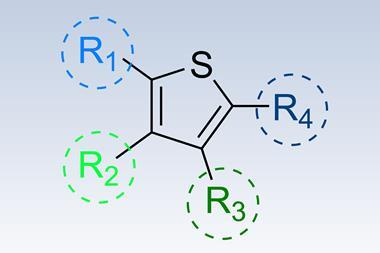
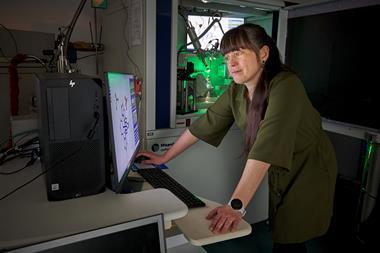
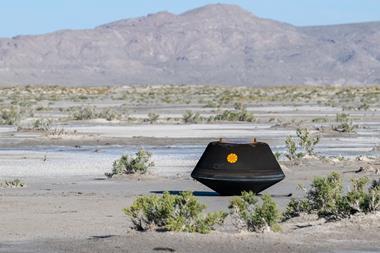

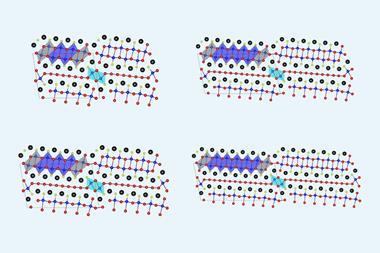
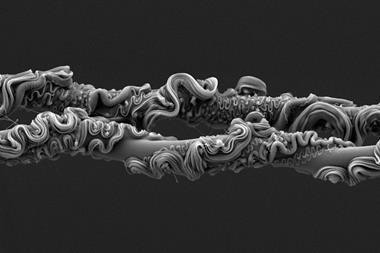

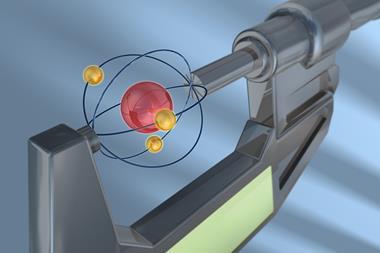
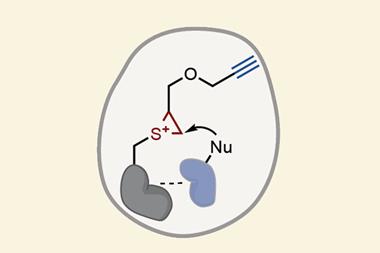


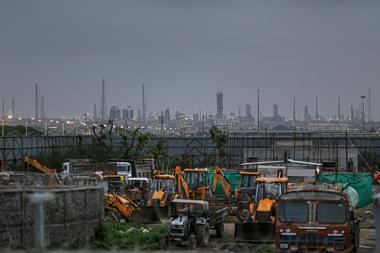
No comments yet